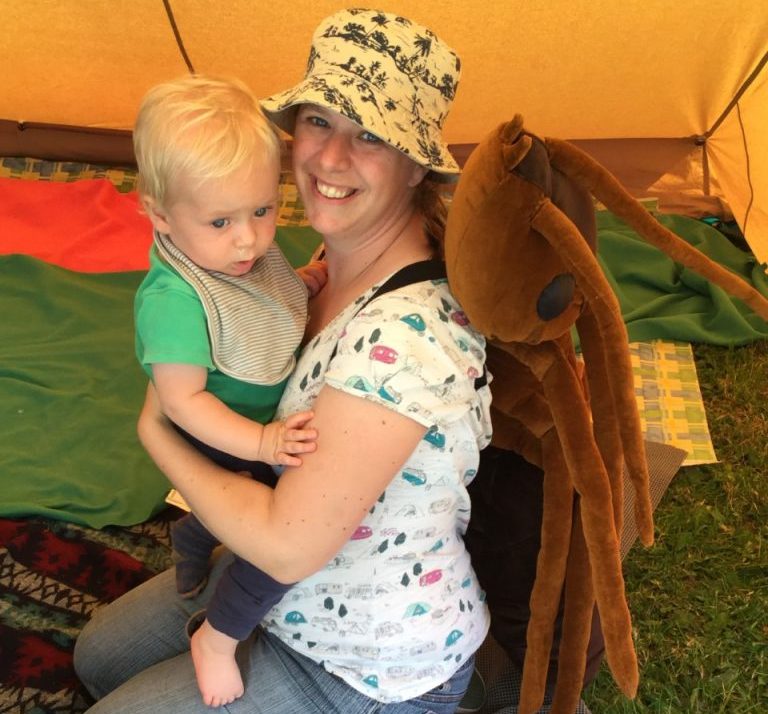TCTOP – Biodiversity
Orchard life
Traditional orchards support an amazing range of wildlife; that’s why they are recognised as a very special habitat.
The UK Biodiversity Action Plan includes traditional orchards recognising them as amazing places for wildlife and as an increasingly rare habitat. Despite this, orchards have very little legal protection and consequently numbers continue to decrease as sites are grubbed up.
Old fruit trees, with their craggy bark, provide homes for a huge range of insects, and the long lived trees mean that the habitat is very stable. The mosaic of hedges, pasture and trees provide the perfect conditions for wild birds, animals, grasses, flowers, funghi and lichens. Very few studies have been carried out to see exactly what wildlife traditional orchards support but a survey of traditional orchard in Colwall in 2009 found 73 species of wood decay invertebrates, 18 of which were very rare and 2 were ‘red book’ endangered species. Traditional orchards could be the ‘rainforests’ of the U.K!
Our project work
We worked with volunteers and landowners to respect the traditional orchards’ range of wildlife and have taken steps to improve it.
Our volunteers have completed a wildlife survey in every orchard so that we know what’s there. With their help, we have carried out bat surveys, moth hunts (day and night), dawn chorus walks, funghi forays and more.
We didn’t want people to think that only experts could identify orchard wildlife. We held wildlife training sessions so that, in future, local people would feel confident too.
Our survey data has been made available to local planners and biological record centres – the people who need it to protect our traditional orchards.
We’ve found an amazing range of wildlife, including the elusive Noble Chafer beetle. Yes, we’ve not only found the frass, we’ve seen the real thing!
“We had 9 acres of neglected but wonderful orchards, we now understand their biodiversity value and are managing them for wildlife and for the future.”
Tenbury orchard owner
Teaching the new naturalists
We made some giant insects, so that we could show the next generation of naturalists what mini-beasties they might find in the trees if they looked hard enough.
The ant, bee, noble chafer and moth were very popular guests at all our events, from village fetes to wildlife sessions, especially with the grown-ups!

“We now have a dinner party conversation stopper – Noble Chafer beetles in our trees, so we feel like wildlife guardians as well as orchard owners! The delight we feel in enjoying the blossom and watching the fruit grow is quite wonderful.”
Chadbury orchard owner
Clearing the mistletoe
Sometimes, to make sure there was room for a range of wildlife to thrive, we had to take something away! One of our biggest tasks was to clear mistletoe from some of the traditional orchard trees.
Mistletoe is a parasitic plant which steals nutrients and water from the host tree. Left to grow unchecked, it can become so heavy that it causes branches to break and damages tree growth. It’s important to keep the trees with a light mistletoe load; keeping enough for the mistletoe moth but making sure that the trees are healthy. Our volunteers worked hard to clear quantities of mistletoe from our project orchards.
In the past, at Christmas-tide, the mistletoe boughs provided a handy extra income for fruit growers. The Teme Valley orchards are particularly famous for their mistletoe, which has been cut and sold at auction in Tenbury Wells since the mid 19th century. The tradition continues today with the annual Mistletoe Fair. This is an extremely important part of our orchard heritage.
attractive for birds, having been inspired by talk of natural predators, and I am thinking about bee tubes for the native bees. Small things but they should make a difference.
Evesham orchard owner
